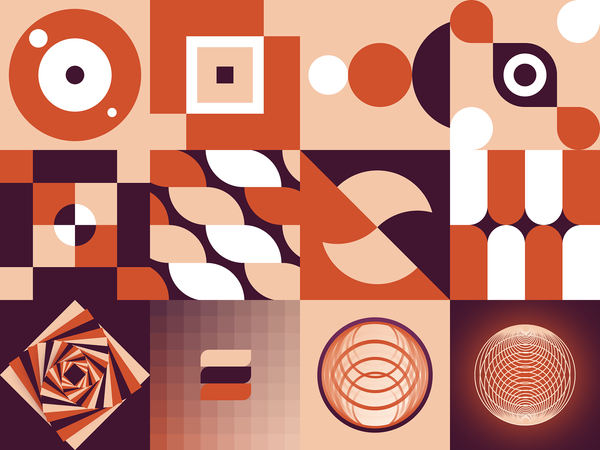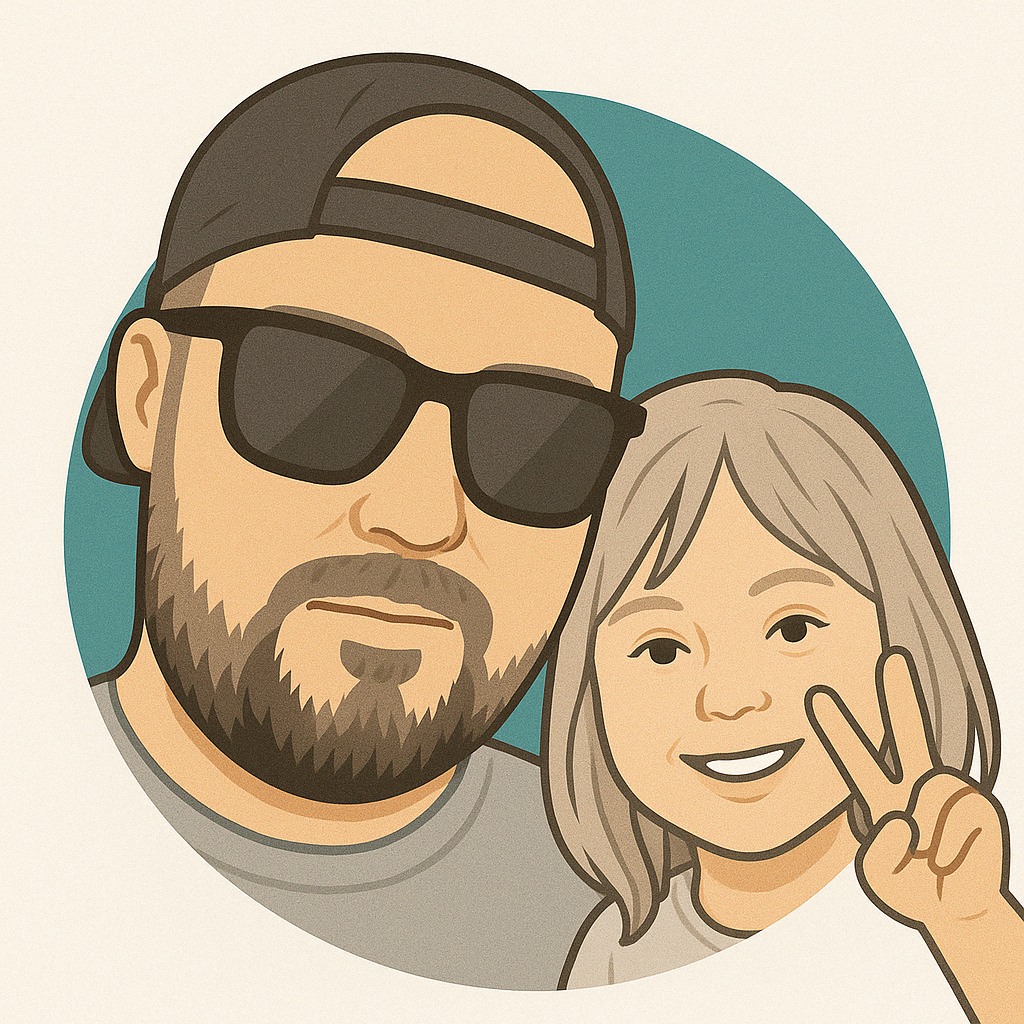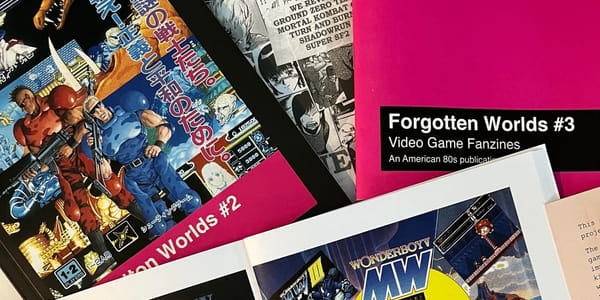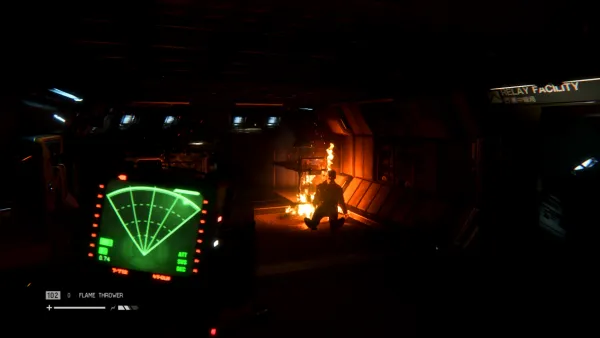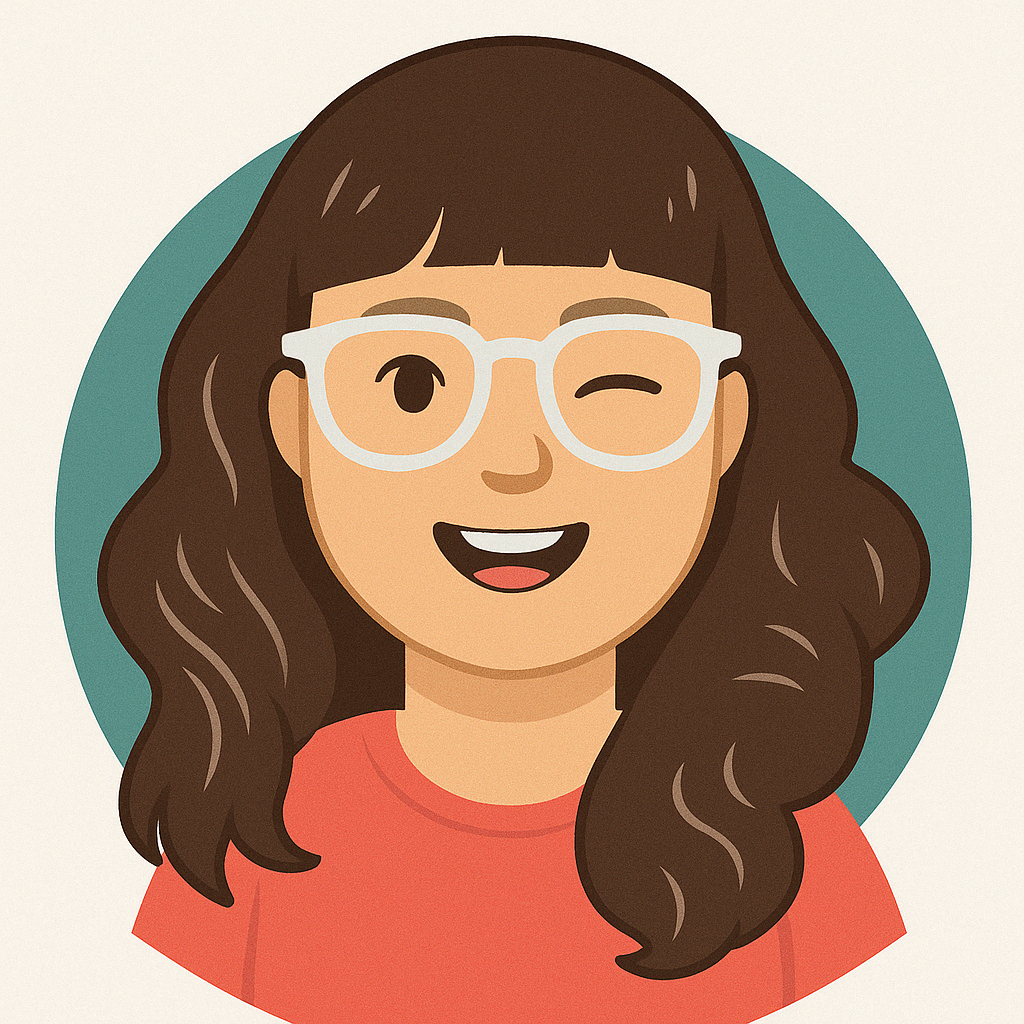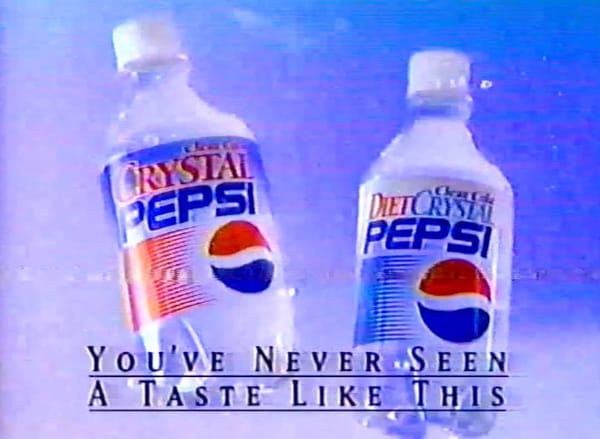In this chat, we dive into Ramsés' story—a designer with a fascinating journey. Growing up in the Canary Islands, Ramsés has since made design waves, working across many platforms. We explore his unique style, how he collaborates, and what fuels his creativity.
Background and Beginnings

You mentioned growing up in the Canary Islands, which seems like a beautiful and inspiring place. How did your upbringing in such an environment influence your creative journey and decision to become a designer?
"I was born and raised in the Canary Islands—a lovely spot off Africa's west coast. The islands' economy leans heavily on tourism and services, so I felt my options were a bit limited. But that turned into an advantage: I was always looking beyond the islands, trying to connect globally and travel to discover new places.
The Canary Islands’ design community is incredibly friendly and diverse, filled with people from all fields of design: graphic, industrial, interaction—you name it. Meeting and learning from them was such a valuable experience."
What was it like moving from the Canary Islands to Denmark? How did that transition impact your design career and personal outlook?
"The move to Denmark happened organically and quickly. I initially went for summer programs at the Copenhagen Institute of Interaction Design (CIID), attended tech meetups, and connected with companies that were hiring. Before I knew it, I had a job! I’m glad I took that step; I learned and grew immensely during my four years working there."
You’ve had an impressive career in design so far. How did you first get started? What were some early challenges you faced when breaking into the industry?
"Ah, thanks for that, Chris! It’s hard to see our work in a positive light sometimes when we’re so immersed in it. Growing up in the ’90s, I spent hours on my computer exploring things I loved—Michael Jackson, cartoons, Diablo 1. Those interests led me to create fan pages, design forum avatars, and experiment with tools like Dreamweaver and Paint Shop Pro. That’s really where it all began.
I was lucky to have supportive friends and teachers who encouraged my design hobby and helped me pursue it professionally, despite challenges like a small market and limited learning resources."
Looking back at your journey, from IDEO U to working on tools like Dark Mode and Collections, what would you say has been the most pivotal project in shaping who you are as a designer today?
"Designing for enterprise and legal fields was eye-opening. It was a shift from the usual projects, with tighter constraints and higher expectations. During that time, I discovered my passion for solving complex problems. Working at Sketch brought a new challenge: designing tools for designers, which has deepened my curiosity about how tools support and shape the industry."
Design Process and Philosophy
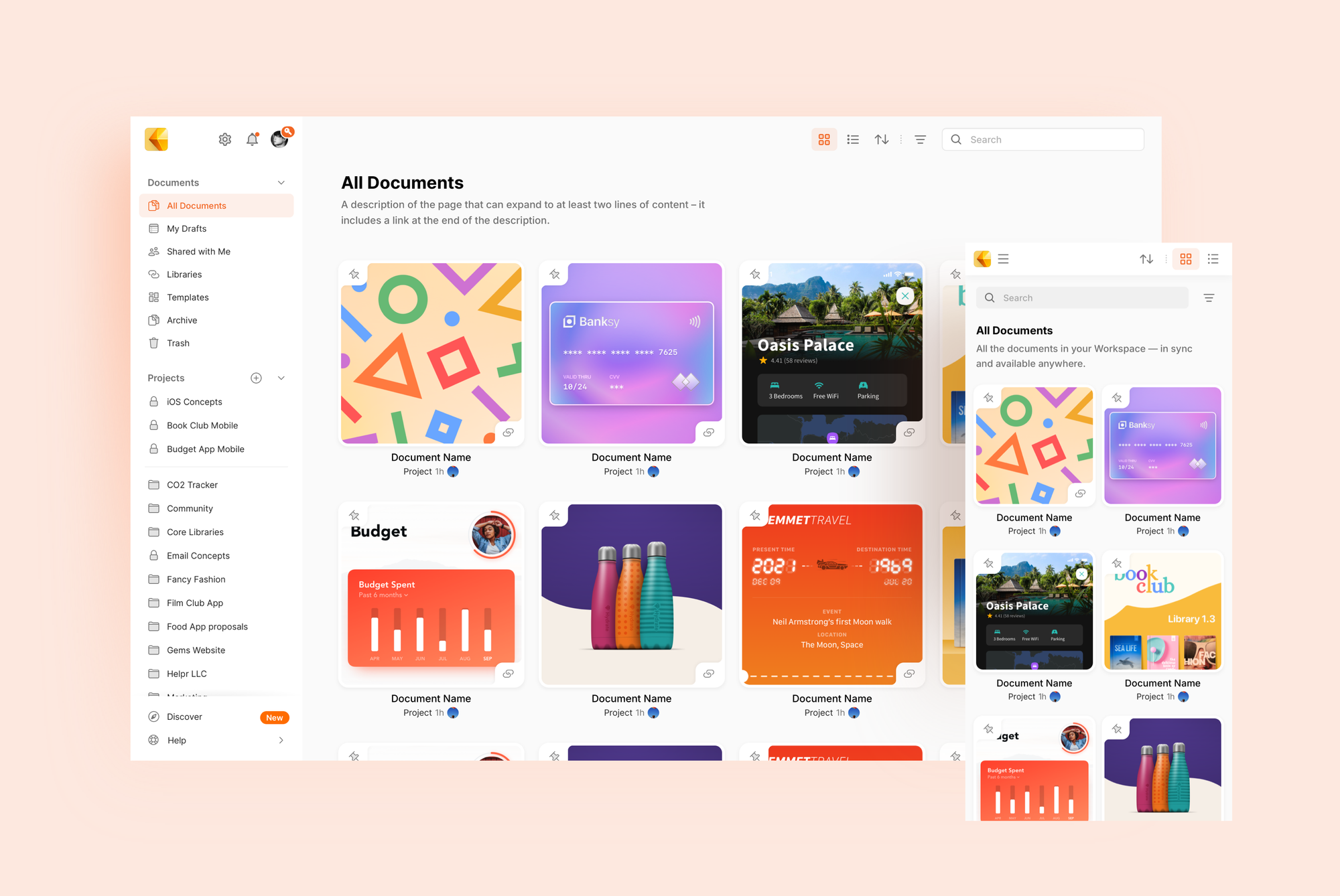
Your work focuses not just on the technical side of design but also on the human dynamics behind it. What aspects of collaboration and human interaction do you think are often overlooked in product design?
"Design often gets put in its own silo, but I find that people in various roles—whether development, design, writing, QA—have much more in common than it might seem. Collaboration, especially involving everyone early in the process, is where I see room for improvement. Sharing work early and keeping communication open leads to a more cohesive, human-centered product."
Can you walk us through your design process when tackling something new? How do you balance the technical challenges with the human element in your projects?
"I’m a fan of process! Whenever I start something new, I break it down into parts, identifying the people involved and how they interact with each stage. I always adapt my approach based on context—sometimes a quick hand sketch works, while other times I need detailed wireframes. With experience, I’ve learned to choose the right tools for each project."
You’ve designed for diverse tools and platforms, from enterprise systems to web applications. What excites you most about designing across different mediums, and how do you adapt your approach depending on the platform?
"I love the challenge of adapting design for different surfaces where people and systems connect. Design patterns for each platform help us make products familiar, so we can focus more on refining the experience. It’s exciting to see how features translate across web, native apps, or mobile—and the key is surfacing the right information at the right time for each."
How do you stay inspired in your work, especially during long-term projects that may become repetitive? Do you have any methods for keeping your creativity fresh?
"I appreciate both repetitive projects and ones that bring something new. When I need a break, I turn to games or movies. During a particularly intense project, I started a warm-up exercise each morning—a quick 1:1 square where I’d draw anything. It was a nice creative boost and helped keep my energy up."
Advice for Juniors

The design industry has evolved rapidly, and getting that first job can be tough. What advice would you give to junior designers trying to break into the industry today?
"My advice is simple:
- Observe products you love—dissect them and understand what makes them work.
- Practice by recreating these products until it feels natural.
- Strive to improve them, and document everything.
I love Michael Jackson’s quote, ‘The greatest education in the world is watching the masters at work.’ There’s so much to learn from watching and appreciating the work of other designers."
When you look at junior portfolios or candidates, what are some things you look for that stand out or resonate with you?
"I look for designers who have the right attitude—humble, eager to work, and proud of what they’ve created. Clarity is key. I remember putting together my first portfolio as a printed book, revising it endlessly before sending it to print. It was a great exercise in curation."
How important do you think it is for designers to have technical skills like coding? Or do you feel a strong focus on the creative side of design is more valuable?
"Every designer is different, but knowing more about tech and code can only have a positive impact. It opens up new conversations with the team and makes collaboration smoother."
A Glimpse Beyond Design
Outside of work, you mentioned gaming and photography. If you could design a video game, what would it look like? What would be its core design philosophy?
"I’m really into retro platformers and slice-of-life games right now—games like Gunbird, Ikaruga, and Natsumon. I’d love to design something parents and kids could enjoy together, something connecting generations. But for now, I’m more of a player than a creator in that realm!"
Since you moved to Denmark, have you picked up any Scandinavian hobbies or traditions that have influenced your work or daily life?
"I love going for long walks in nature with a hot drink in hand. Hygge—the Danish concept of coziness and well-being—is one of my favourite discoveries."
If you had to choose a non-digital career for yourself—something entirely outside of design—what do you think you’d be doing right now?
"Probably running a local business. I appreciate the effort small business owners put into making customers feel welcome and offering great service."
You’ve been involved in creating a custom font, Boop Display. What’s the story behind that, and what would you name the next font if you designed one?
"Boop Display was pure chance—I started playing around in Sketch, and a font slowly emerged. A typography workshop in Tokyo inspired me to refine it. If I ever design another, it’ll probably be something playful."
If your photography work could be displayed anywhere in the world, where would you want to showcase it and why?
"I’d love to exhibit back home where I grew up. That would mean the most to me."
Thank you Ramsés for taking the time out of your busy schedule. If you'd like to keep up to date with Ramsés' work, you can follow him on his blog or Dribbble.

